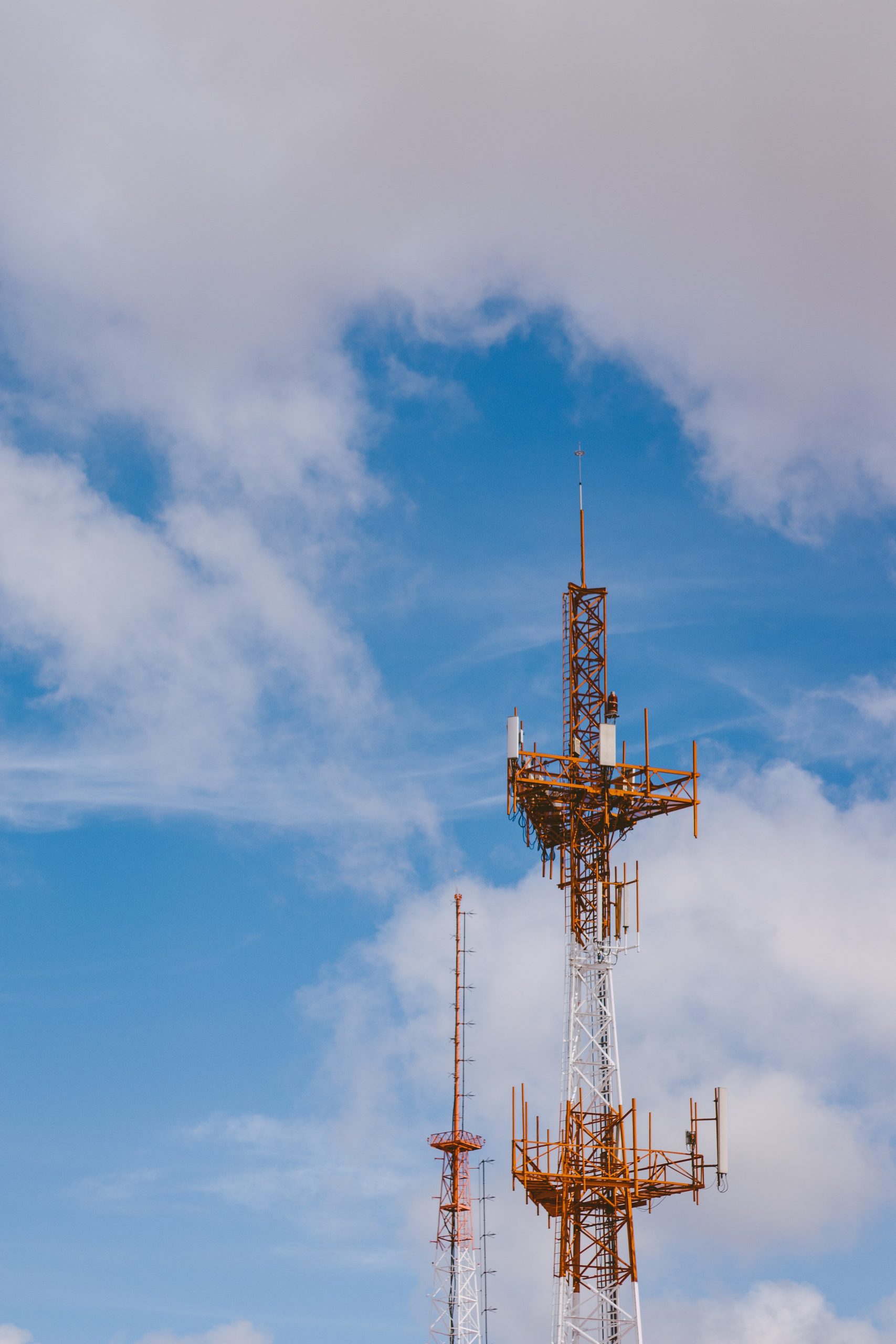Are you tired of constantly untangling cords and searching for an available outlet to charge your devices? Well, say goodbye to the struggle because wireless charging is taking over. With technology advancing at lightning speeds, it’s no surprise that we’re now able to simply place our smartphones or other electronics on a pad and watch them magically charge without any wires. In this blog post, we’ll delve into how wireless charging is changing the way we power up our devices and why it’s becoming increasingly popular. Get ready to cut the cord and embrace the future of charging!
What is Wireless Charging?
Wireless charging is becoming more and more mainstream, with new devices coming out that support the technology. What is wireless charging? Wireless charging is a method of charging your devices without having to use cables. Instead, you simply place your device on the receiver and it starts to charge.
There are several different types of wireless charging, including Qi, PMA, and CTIA. Qi is the most common type of wireless charging and it works with most phones. PMA and CTIA are newer types of wirelesscharging and they are only compatible with a few phones right now.
One major benefit of wireless charging is that it’s not affected by clutter or cords. You can place your phone on any surface to charge, which is great for places like airports where there isn’t much space available. Wireless chargers are also smaller than traditional chargers, so they’re easier to store.
Overall, wireless charging is becoming more popular because it’s simpler and faster than using cables. It’s also great for areas where there’s not much room or storage available for cords.
What Are the Advantages of Wireless Charging?
Wireless charging is a new technology that is quickly becoming mainstream. Here are the advantages of wireless charging:
1) Wireless charging is more convenient. You don’t have to annoying plug in your phone every time you want to charge it. Just place it on the charger and let it do its job.
2) Wireless charging is more environmentally friendly. Charging your phone wirelessly doesn’t use any energy from the grid, which means less pollution in our environment.
3) Wireless charging is faster than traditional charging methods. With wireless chargers, you can easily top off your battery in just a few minutes rather than hours or days with a regular charger.
4) Wireless charging is reversible. If you accidentally knock your phone off of a wireless charger, simply pick it up and it will start charging again automatically. No need to waste time trying to figure out how to reconnect the cable!
How to Use Wireless Charging
Wireless charging has been around for a few years now, but it is only recently that it has started to become more mainstream. There are many different ways to use wireless charging, and the technology is changing all the time. In this article, we will discuss how wireless charging works, what devices are compatible with it, and some of the best ways to use it.
How wireless charging works
There are several different types of wireless chargers out there, but all of them work in essentially the same way. When you place your device on a wireless charger, it will start absorbing energy from the charger. This energy is then used to power up the device and recharge its battery. There are a few different types of wireless chargers out there, but they all work in essentially the same way.
The main types of wireless chargers are Qi-certified and PMA-certified. Qi-certified chargers work with most Qi-compatible devices such as smartphones, tablets, and other portable electronics. PMA-certified chargers work with a wider range of devices including newer iPhones and Android phones. Regardless of which type of charger you have, most modern devices support both Qi and PMA Wireless Charging standards.
What devices are compatible with wireless charging?
Wireless charging is compatible with most modern smartphones and tablets that support either Qi or PMA Wireless Charging standards. However, not every device supports every type of wireless charger
The Disadvantages of Wireless Charging
Wireless charging is a great way to charge your devices, but there are some disadvantages to it. The first disadvantage is that you need a wireless receiver to use wireless charging. The second disadvantage is that the wireless charging technology is not as fast as traditional chargers.
Conclusion
Wireless charging is quickly becoming the norm, not just for devices that are Qi-certified like the Galaxy S8 and iPhone X, but for all sorts of devices. Wireless charging has many benefits over wired charging, like never having to plug in your phone again or being able to charge multiple devices at the same time without having to switch cables. If you’re looking to upgrade your device’s charging capabilities or just want a more convenient way to recharge your phone, wireless charging is definitely something you’ll want to take into account.










